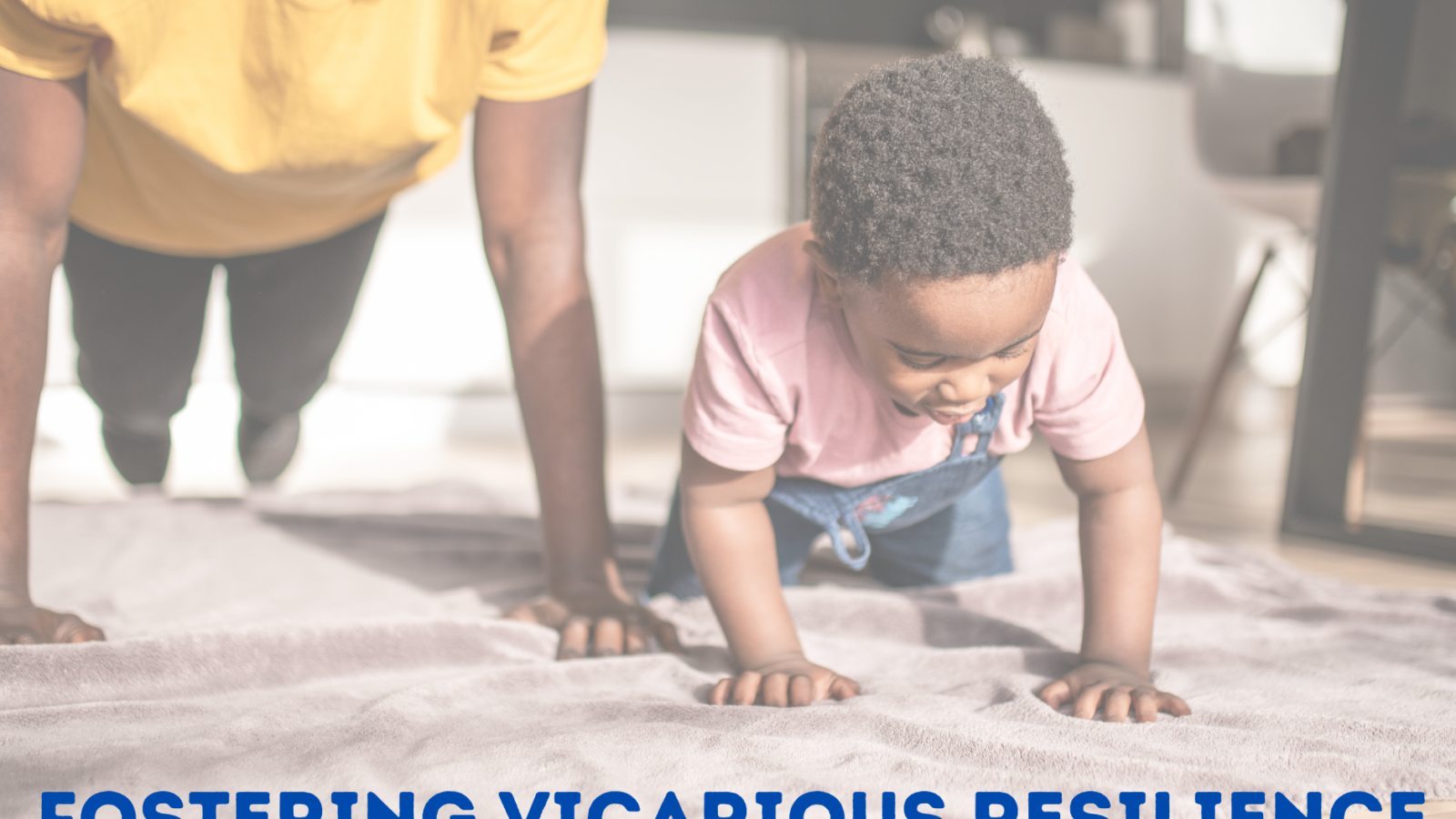One evening, an oncologist colleague of mine rounded on one of my end-of-life patients and shared with the family that the patient only had days left to live. I couldn’t help but to follow her out of the patient’s room to admire her strength. I commended her for holding herself together in the midst of so much suffering on long shifts day after day. She told me that she enjoyed being an onco-gynecologist more than practicing gynecology like her earlier days. This puzzled me and I inquired more. How could someone enjoy being in a field that tells people they have cancer every day compared to a field that is not as emotionally taxing? She explained that since she has seen so much “real” pain, she has a hard time appreciating the pain of someone who has a less serious condition. Clearly, her current practice had moved her bar higher on her inner scale of what “real” pain is than her days of practicing gynecology.
We all live with our own set of arbitrary scales and bars for measuring intangible experiences. In medicine, we heavily rely on these subjective scales for diagnosis and treatment. If you have ever seeked medical care, you have surely been asked to rate your pain from 0 to 10. While your pain rating of 8 may be different from someone else’s definition of 8, we all have an internal scale. I have seen patients report a pain of 8 with a straight face as they carry on the conversation, and others that report an 8 while catching their breath as they squint and let out a sigh.
Every person’s definition of what is considered difficult is just as subjective as rating pain. The inner scale we create in our minds to rate the level of difficulty of an experience is a product of our past experiences, current circumstances, and beliefs. Our inner scale is essentially calibrated based on our perception of life.
The pain of experiencing poverty, war, torture, abuse, imprisonment, or being orphaned at a young age has calibrated the bar of what exceptionally resilient leaders consider difficult and has raised their bar. Malala, Nelson Mandela, and Maya Angelou are examples of exceptionally resilient heart-centered leaders who inspire others with their resilience. They go through life with an unbreakable grit because they have seen worse than their current challenges.
In my journey of helping others find relief from emotional pain, I have learned that we can intentionally recalibrate our inner scale to foster resilience. We can move our marker by introducing some of those more difficult experiences into our minds. This does not mean that we have to personally experience every pain in life, but we can expose and expand our minds to other people’s painful experiences.
Studies show that we can build resilience by observing others demonstrate strength. This is what the literature refers to as “vicarious resilience”. We are vicarious beings and our empathy and mirror neurons enable us to experience life through the existence of others as well as ourselves.
Here are some practical ways to uplevel you mental resilience:
- Study or watch the biography of resilient leaders.
- Engage in helping those who are less privileged.
- Provide emotional support for anyone suffering from loss, illness, or any hardship.
- Travel to different parts of the world or your hometown to widen your peripheral vision.
- Intentionally practice leaving your mind space and enrolling in the lives of others daily.
- Sit with elders and listen to their stories of trials and triumphs.
- Cultivate the awareness that your responses to life can calibrate someone else’s inner scale.
I remember that as I was going through some trying times in my life, I had a powerful picture on my bed stand. It was a father doing push-ups with his toddler son next to him imitating his dad as children often do. Above this picture were the words “Everytime I am about to give up, I remember who is watching.” That picture was a reminder that giving up is not an option because my children’s resilience would be calibrated by how I respond to trials and tribulations. When we gain the awareness that we contribute to other people’s interpretation of life, we become more conscious of how we respond to events.
Ultimately, all of the overlooked ways to build mental resilience lead to one core concept; becoming more aware of the experience of others. When we get out of our own zones and enroll in the lives of others, we can rate our challenges on a scale that is much more comprehensive than just ours. This larger context is a reminder of our shared humanity and puts our experiences in perspective. It is a reminder that we are not the only ones experiencing pain and it brings relief to our inner suffering. Through the awareness that we can build resilience vicariously through others, and others through us, we find renewed strength to rise above any challenge and conquer whatever comes our way.


